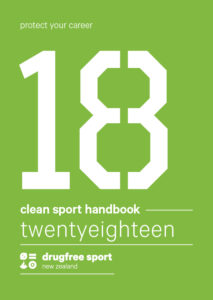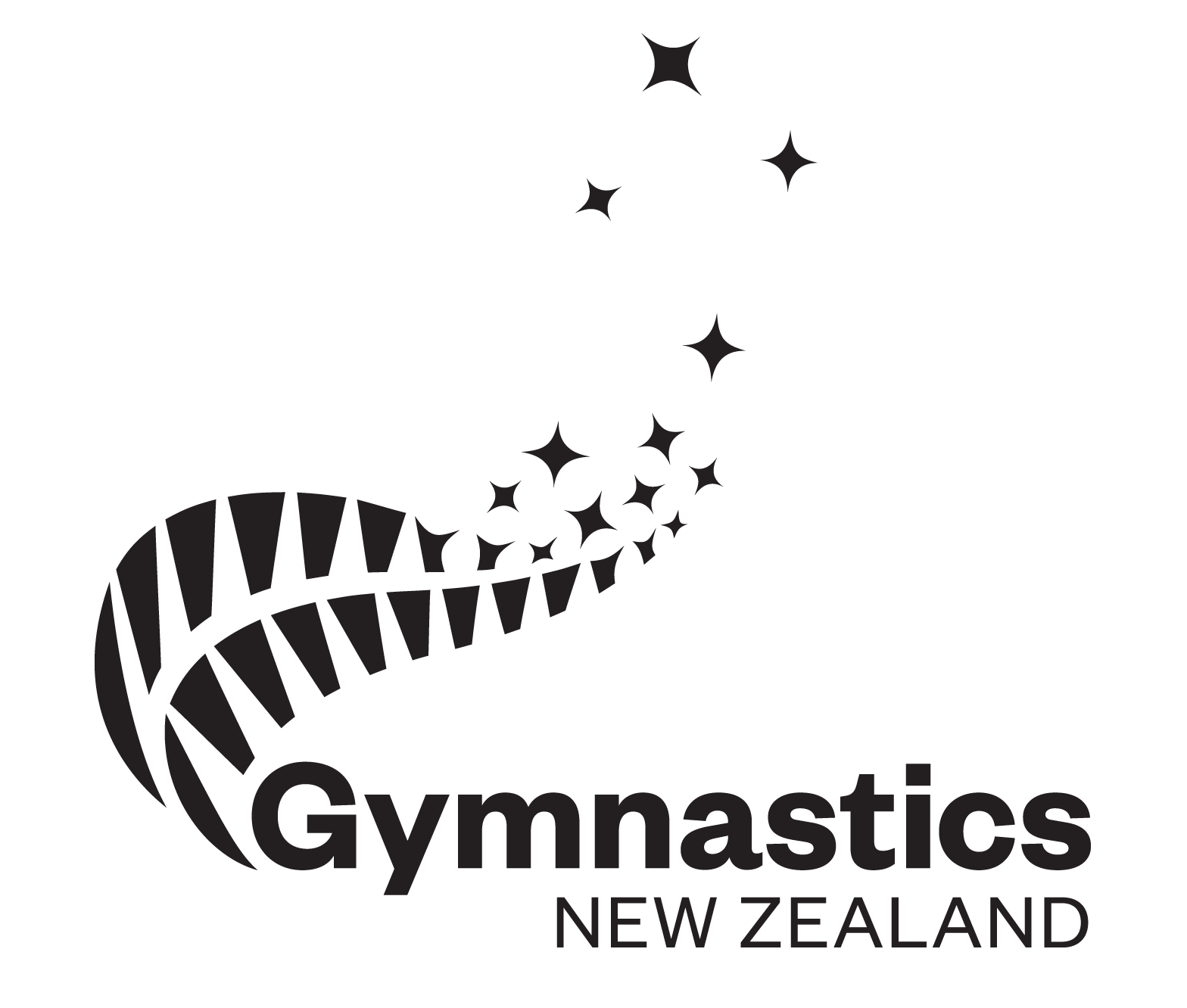 The 2018 Prohibited List comes into effect on 1 January 2018 and it is each athlete’s and athlete support person’s responsibility to make sure they understand the changes to the List so they are not caught out.
The 2018 Prohibited List comes into effect on 1 January 2018 and it is each athlete’s and athlete support person’s responsibility to make sure they understand the changes to the List so they are not caught out.
The more athletes know, the better they can manage the risk of a positive test. Athletes and athlete support personnel should take the time to read through a short list highlighting just a few of the top 2018 World Anti-Doping Agency (WADA) Prohibited List changes and prohibited substances that impact athletes.
The Prohibited List is published by the World Anti-Doping Agency (WADA) and details all substances and methods which are prohibited or banned in sport. It is updated every year on January 1.
A substance or method may be included on the list if it meets any two of the following criteria:
– it has the potential to enhance sporting performance
– it presents an actual or potential health risk to the athlete
– it violates the spirit of sport.
The most high profile athlete to be ‘caught out’ by not checking the Prohibited List changes over the past few years is former tennis number one Maria Sharapova. The substance ‘Meldonium’ was formerly permitted in sport but was subsequently added to the Prohibited List in 2016. Sharapova admitted she did not check the changes to the List and subsequently failed a drugs test in March 2016 which resulted in a ban from all sport for 15 months.
Read the 2018 Clean Sport Handbook.
